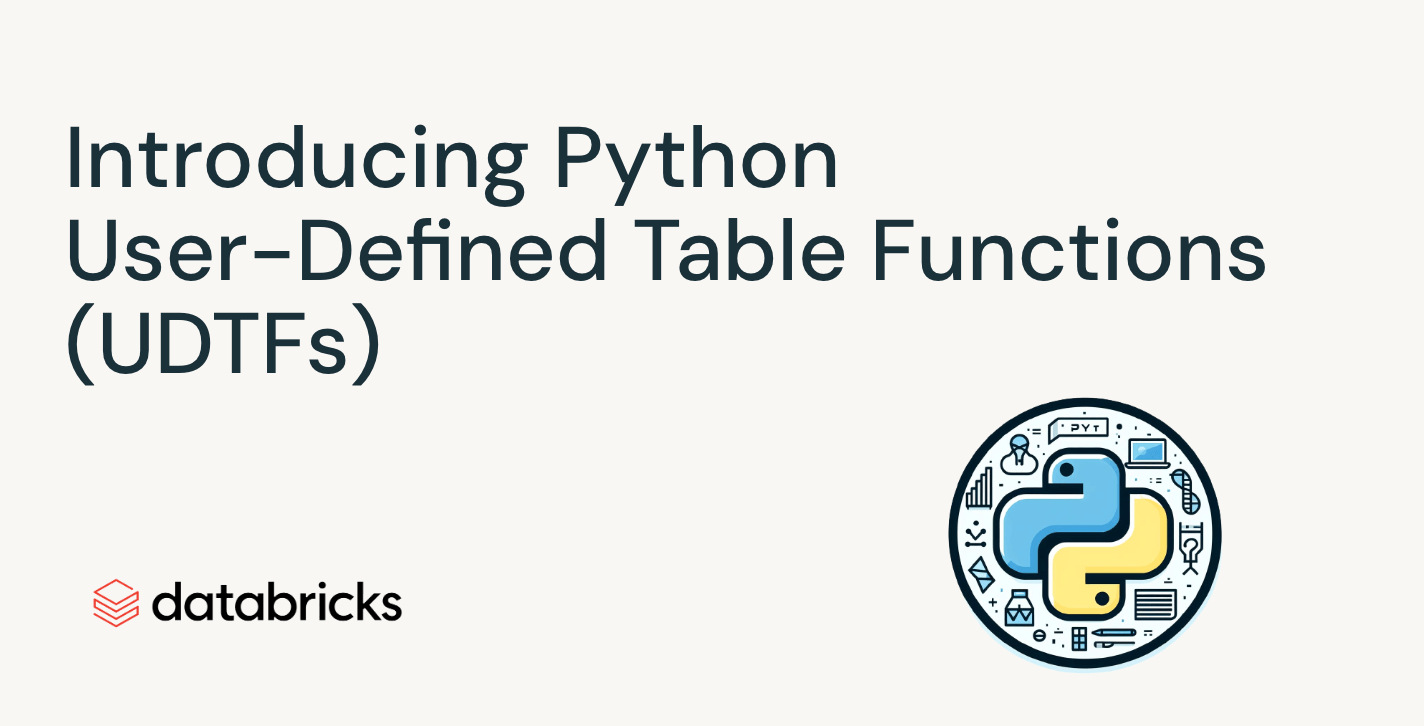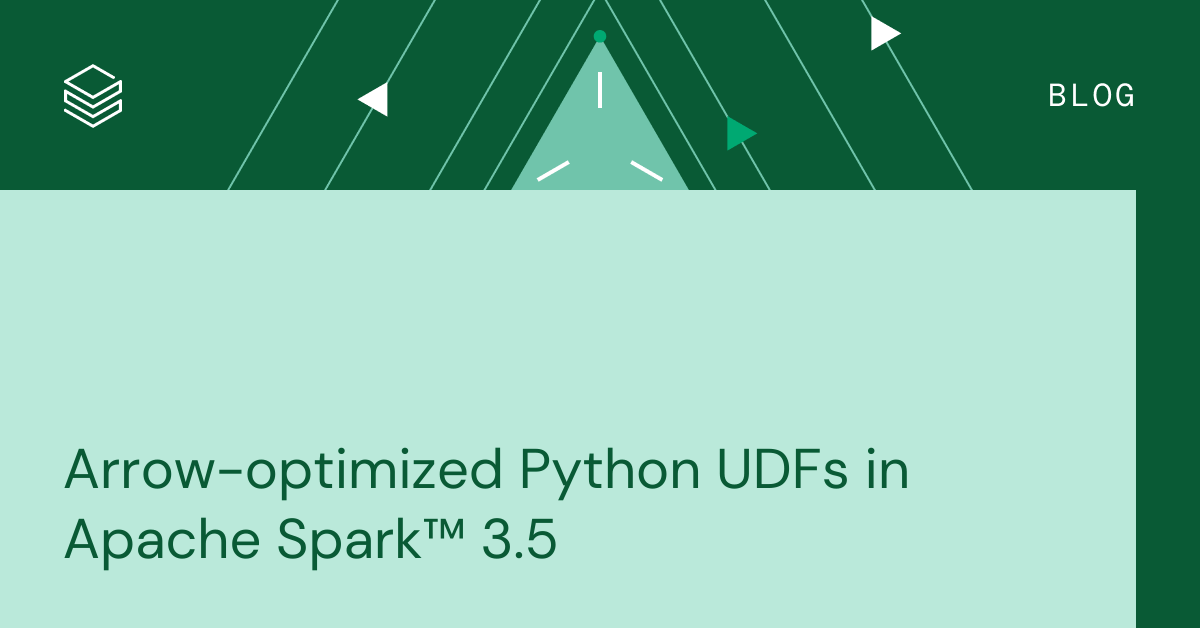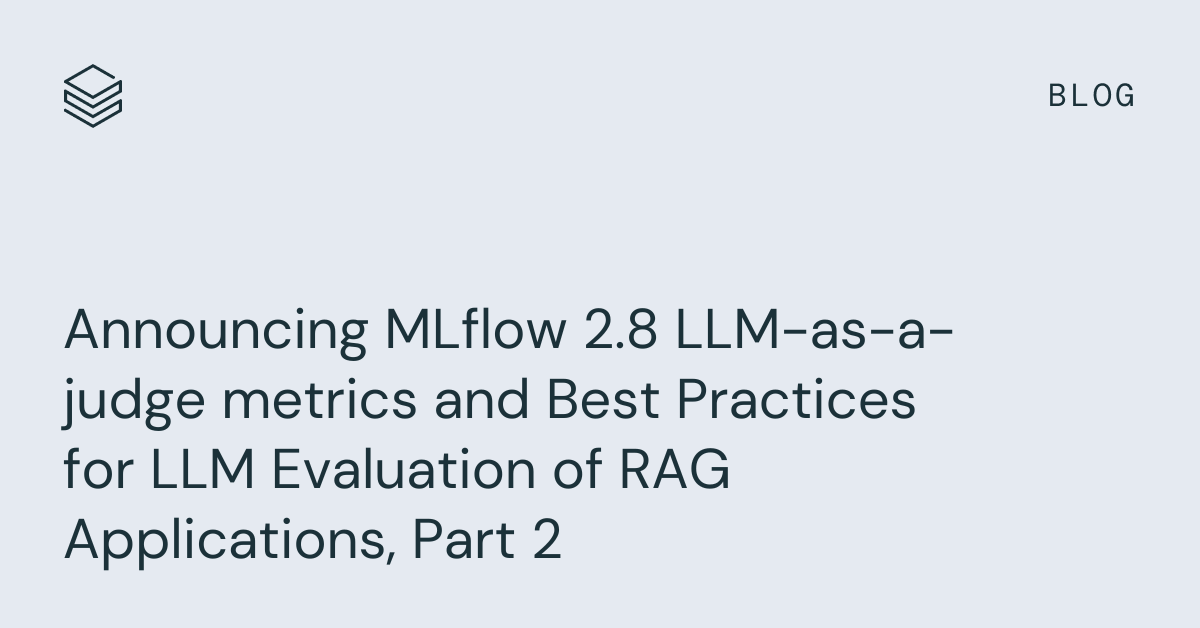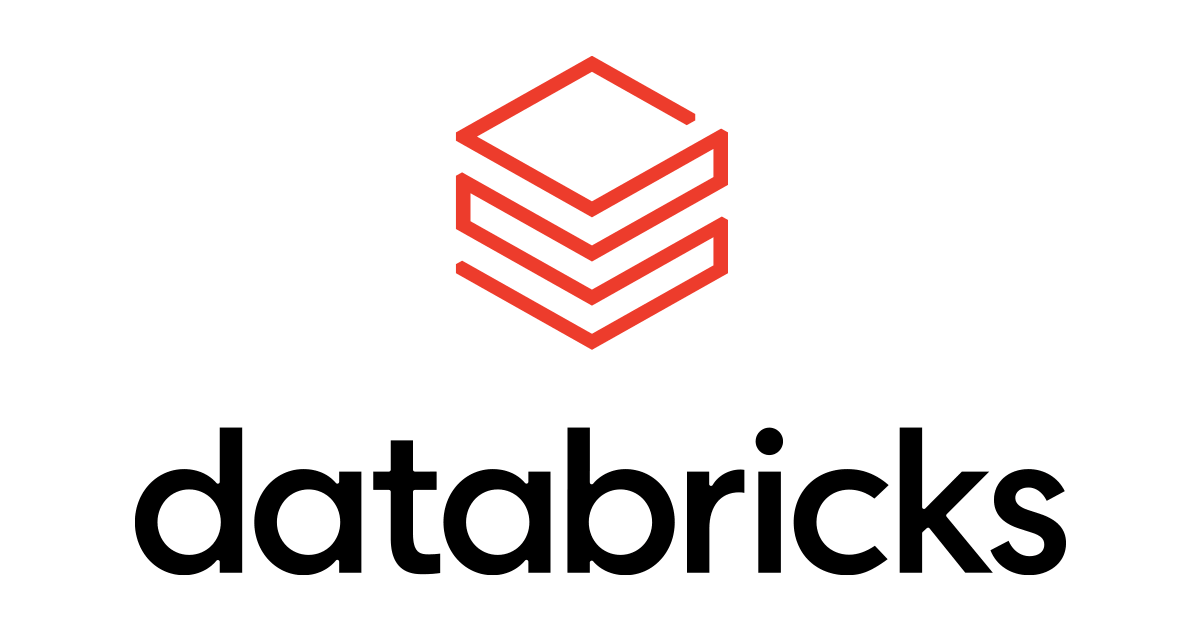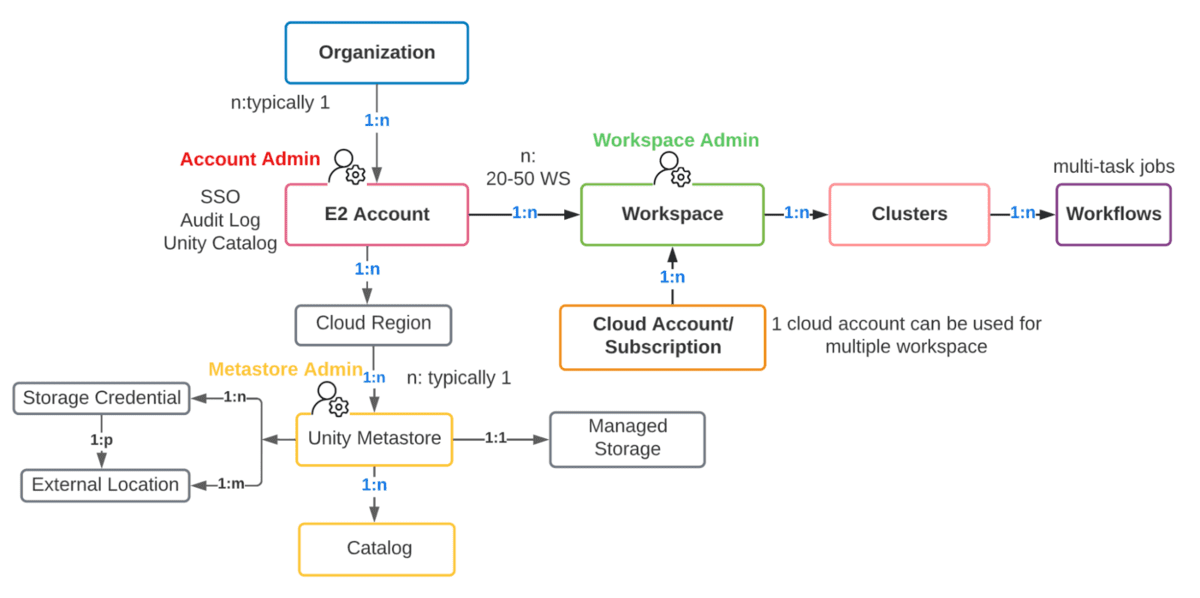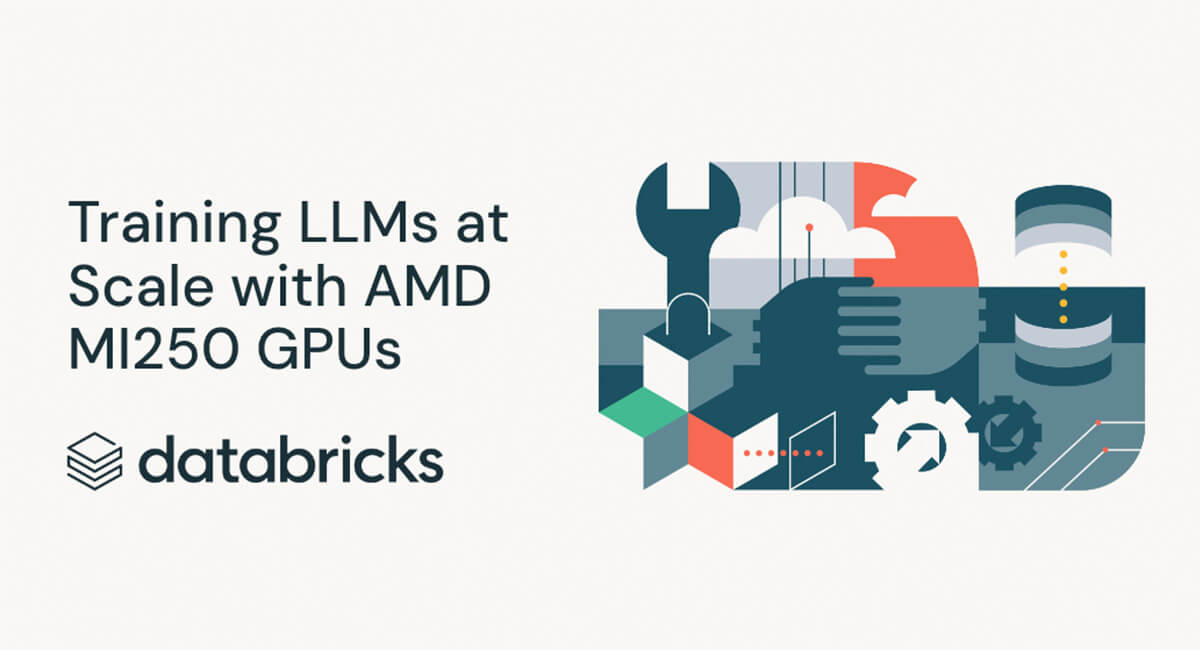Introducing Python User-Defined Table Functions (UDTFs)
Apache Spark™ 3.5 and Databricks Runtime 14.0 have brought an exciting feature to the table: Python user-defined table functions (UDTFs). In this blog post, we’ll dive into what UDTFs are, why they are powerful, and how you can use them. What are Python user-defined table functions (UDTFs) A Python user-defined table function (UDTF) is a […]
Continue Reading